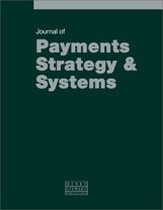The unbearable lightness of digital money
Abstract
This paper examines the factors that make cash ‘sticky’ in the
increasingly digitised Kenyan financial landscapes. On the one
hand, it discusses the mismatch between assumptions implicit in the
financial inclusion discourse and ideas of saving, accumulation and
money enshrined in local financial practices, and provides an
overview of the current digital payment situation in Kenya, in
terms of strategies and data. On the other hand, it draws insights
from industry efforts in which industry expectations are tested
against a background shaped by the dominance of cash and
traditional financial institutions. The overall goal is to further
the understanding of potential drivers and challenges of
‘cash-lite’ approaches to financial inclusion, as well as the
convergence and divergence of theory and evidence. This study uses
qualitative methods of data collection to understand the social,
cultural and economic drivers of payment behaviours, and the
opportunities and constraints for adoption and acceptance of
technology. It argues that the enduring reliance on cash suggests
that a rational calculative approach is not adequate to understand
people’s decision making when considering different options in a
repertoire of financial alternatives. Most importantly, the
materiality of cash affects its pragmatics within a broader
repertoire of financial practices revolving around different means
of payment and storages of value. It thus recommends that an
approach to the design of e-payment systems should not only be
largely ‘open-source’ for ease of interoperability with other
payment systems, but also localised, to converge with local
contexts.
The full article is available to subscribers to the journal.
